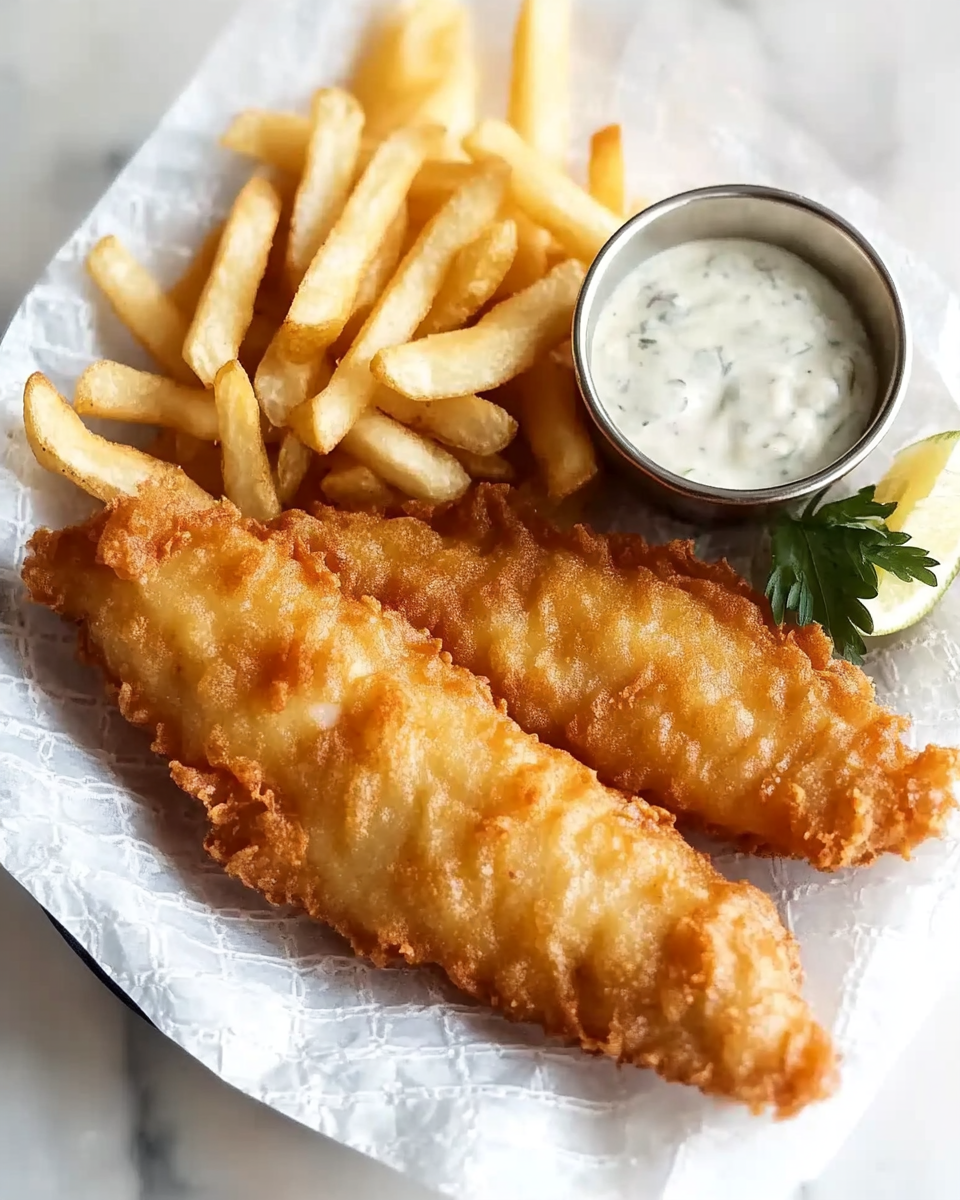The Appeal of Classic Fish and Chips
Fish and chips has long been a beloved meal, especially in the United Kingdom, where it originated as a popular working-class dish. Its enduring popularity lies in the comforting combination of crispy fried fish and hot, salted chips that satisfy cravings for both texture and flavor. Traditionally served with malt vinegar and tartar sauce, fish and chips embody a simple yet hearty meal that is perfect for casual dining.
This dish has transcended its humble roots to become a worldwide favorite, often enjoyed as takeaway or in pubs and restaurants. The homemade version allows for customization, freshness, and a superior taste experience, emphasizing quality ingredients and careful cooking techniques.
Choosing the Right Fish for the Best Results
The type of fish is crucial to achieving the perfect fish and chips experience. White fish varieties such as cod, haddock, or pollock are ideal due to their mild flavor, flaky texture, and firm flesh that holds up well to frying. Cod is a classic choice with a slightly sweet taste and a flaky yet firm texture, while haddock has a slightly stronger flavor and delicate flakiness.
Freshness is key; using fresh or properly thawed fish ensures moisture retention and the best texture after frying. Fillets should be of uniform thickness to allow even cooking. The fish’s neutral flavor pairs well with the batter, highlighting the contrast between crispy exterior and tender interior.
The Science of the Perfect Batter
The batter is the hallmark of great fish and chips, responsible for the signature crispy coating. A successful batter combines lightness and crunch, achieved through the use of ingredients like baking powder and cold sparkling water or beer. The carbonation in these liquids introduces bubbles that create air pockets in the batter, making it light and crispy once fried.
Using cold liquid is critical to ensuring the batter adheres well to the fish and doesn’t absorb excess oil during frying. A smooth, lump-free batter coats the fish evenly, while the baking powder promotes rising and crisping. The balance of flour and liquid must be just right to avoid a batter that’s too thick or too thin, ensuring a delicate crust that remains crunchy.
Frying Techniques for Crispy Perfection
Frying temperature and technique are paramount for crispy fish and chips. The oil must be heated to around 350°F (175°C) to create an immediate sizzle, which seals the batter and prevents it from becoming greasy. Maintaining consistent oil temperature is essential; too low results in soggy, oily coating, while too high risks burning before the fish is cooked through.
Frying the fish in small batches prevents overcrowding, which lowers the oil temperature and affects crispiness. Draining the fried fish and chips on paper towels or a wire rack removes excess oil, keeping the coating light and crunchy.
For fries, rinsing and drying the potatoes thoroughly removes starch and moisture, which helps achieve a crisp exterior. Double frying or frying at higher temperatures ensures the fries are golden and crispy on the outside while remaining fluffy inside.
Flavor Enhancements and Serving Suggestions
Traditional accompaniments elevate fish and chips, enhancing their flavor and balancing richness. Classic tartar sauce, made from mayonnaise, pickles, capers, and herbs, adds creamy tang and texture contrast. Malt vinegar offers acidity and sharpness that cuts through the fried richness, while lemon wedges provide fresh citrus brightness.
For sides, mushy peas, coleslaw, or simple green salads introduce freshness and color, balancing the meal nutritionally and visually. Serving fish and chips hot, immediately after frying, preserves their signature crispness and makes the meal truly satisfying.
Cultural Significance and Popularity
Fish and chips hold a special place in British culture, symbolizing comfort and tradition. Originating in the 19th century, this dish became a staple due to its affordability and availability. It has since evolved into an iconic representation of British cuisine, enjoyed globally with local variations.
Its enduring appeal lies in its simplicity, accessibility, and satisfying flavor combination. Fish and chips are often associated with social gatherings, seaside holidays, and pub culture, creating a nostalgic connection that adds to their allure.
Nutritional Overview
Fish and chips are rich and calorie-dense, primarily due to the frying process and batter. The dish offers a good amount of protein from the fish, essential for muscle repair and satiety. Carbohydrates from the potatoes provide energy, while the fats from frying contribute to the rich mouthfeel and caloric content.
Sodium levels can be moderated by careful seasoning. Including sides such as vegetables or salads enhances fiber and micronutrient intake, balancing the meal. Moderation and mindful portioning are recommended for enjoying this indulgent dish within a balanced diet.
Tips for Home Cooking Success
To achieve restaurant-quality fish and chips at home, attention to detail is essential. Patting fish dry before coating improves batter adhesion. Using a thermometer to monitor oil temperature ensures proper frying conditions. Choosing fresh, quality ingredients affects overall taste and texture.
Preparing fries with patience—rinsing, drying, and frying in batches—ensures crispness. Resting fried fish briefly on a wire rack rather than paper towels can help maintain crispiness. Experimenting with dipping sauces and sides personalizes the meal and enhances enjoyment.
Variations and Custom Twists
While traditional fish and chips use white fish and potatoes, variations abound. Batter can be seasoned with herbs, spices, or beer for additional flavor. Different fish types or seafood like shrimp or calamari can be used.
Fries can be substituted with sweet potato fries, wedges, or even crispy roasted vegetables. Alternative dipping sauces such as aioli, curry sauce, or spicy ketchup introduce new flavor profiles, catering to diverse palates.
Conclusion
Crispy Battered Fish and Chips deliver a perfect harmony of textures and flavors, combining golden, crunchy battered fish with crisp, fluffy fries. This dish captures the essence of British comfort food, offering indulgence, nostalgia, and satisfaction in every bite. The light batter’s delicate crispiness contrasts beautifully with the tender white fish inside, while the fries provide a hearty and savory companion.
Homemade fish and chips allow control over ingredients and technique, resulting in a fresher, tastier meal than most takeout options. With simple yet crucial steps—proper batter preparation, fresh fish, and optimal frying—this classic dish becomes achievable and enjoyable in any kitchen.
Whether served with traditional tartar sauce and malt vinegar or personalized with creative sides and dips, fish and chips remain a beloved favorite around the world. Their enduring popularity is a testament to their comfort, flavor, and versatility, making them a perfect choice for casual dinners, gatherings, or anytime craving a satisfying and delicious meal.






